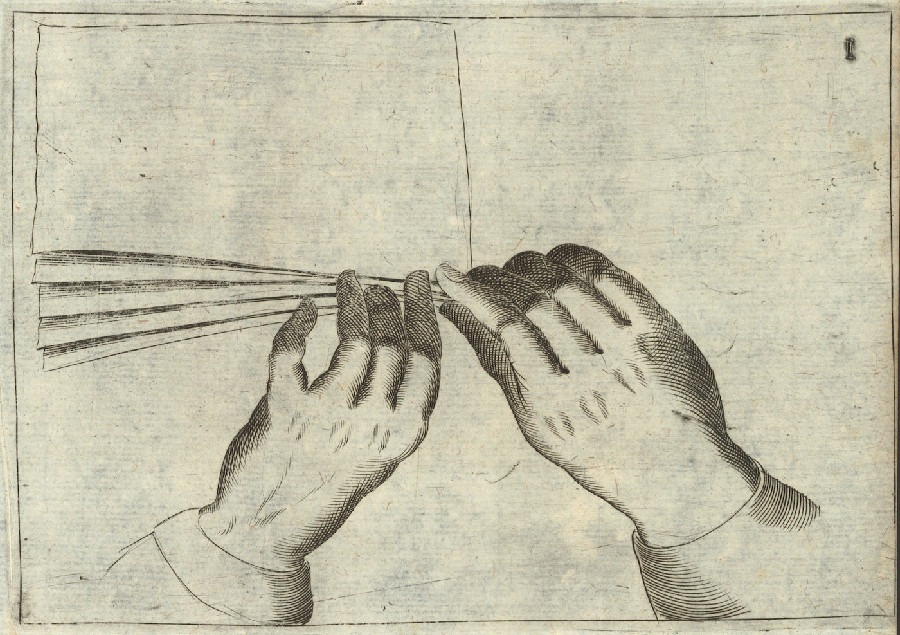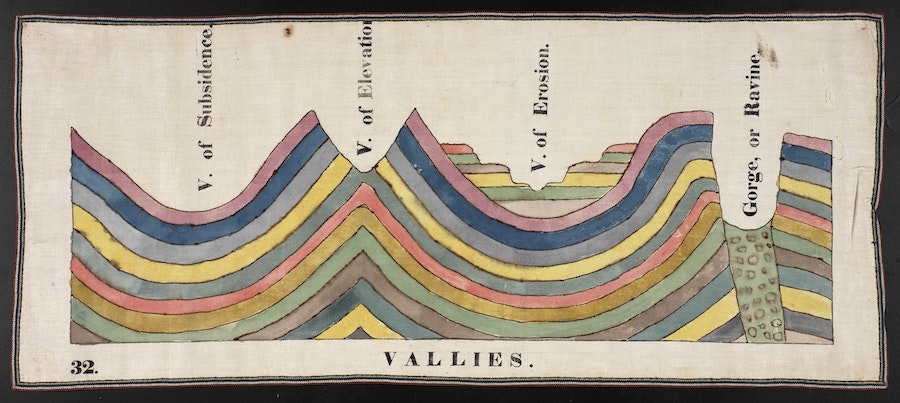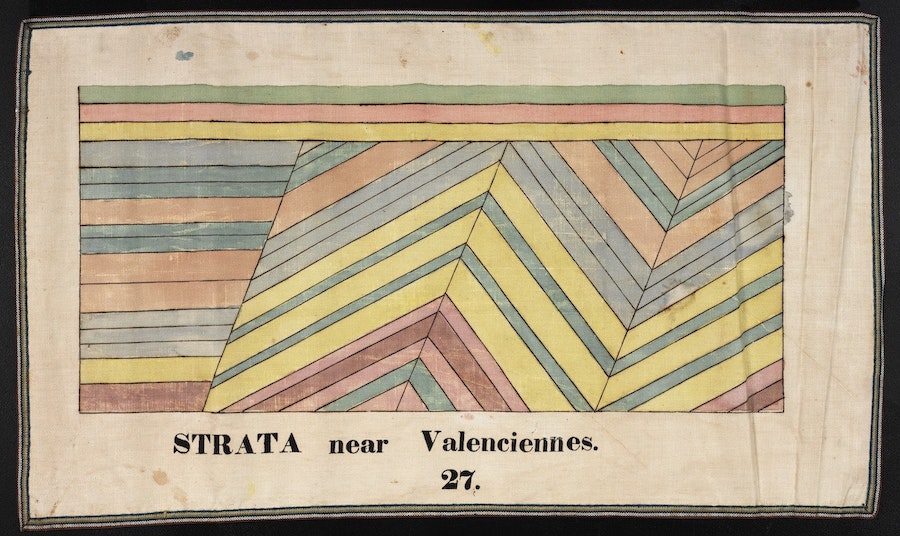It is impossible to qualify what I want from poetry in the same way that you can’t know a new color until you see it. There are countless languages, perspectives, experiences, and textures that can be transferred through pen and paper. The poetry that speaks to me (and likely you, too) usually feels nothing short of magic. How can I describe things so mysterious? How can I want something I don’t know about?
There are some things I can name that contribute to my singular tastes because of the singular life I have lived. I like weird things, when a poem shows me a new perspective, when someone has an uncanny connection to oranges or a bizarre but interesting obsession with macaques. I like strangers to the familiar and friends to the unfamiliar. I like when poetry feels like it’s coming from a singular voice—like there’s some fire burning off in the distance and if I were in a watchtower, I could point to it and say, “I know who started that one.” And recently, through my studies and journey as a reader and writer, I have been drawn to the power of the image. Many things can make me giddy, and it’s usually because of a newness or awakening, but the crux is that I can’t anticipate what will awaken me. To attempt to expand on what I’m looking for, though, I will reach to some words that have affected me in the recent years.
Charles Olson, in Projective Verse, writes:
“A poem is energy transferred from where the poet got it (he will have some several causations), by way of the poem itself to, all the way over to, the reader. Okay. Then the poem itself must, at all points, be a high-energy construct and, at all points, an energy-discharge.”
When I first read that, it struck me as a truth—something I have always felt about poetry but could not articulate. Olson was trying, in 1950, to move past the poet-as-subject and some more traditional elements of poetry towards objective (or projective) poetry. I, unlike Olson, have no extreme thoughts about objective vs. subjective poetry, though it should be mentioned that Olson’s words have had a vast affect beyond his movement—even Jorie Graham was able to take Olson’s concepts and use them for her subjective poetry. And while Projective Verse has the air of a mid-century American manifesto that some may or may not be partial to, this one principle of verse still sounds like a maxim. Yes, of course reading a poem is like touching a wire of an active pylon. Energy is transferred. Whatever that energy is, however it presented itself to you—you are relaying it somehow.
Somehow? Well, that’s where the artistry is. In the presence of the intractable, you do what you can do with words to transcend the experience of what you’re trying to communicate to transfer energy. (Easy enough, right?) For those who love formulas, in contrast to Olson’s more free-spirited approach to poetry, T.S. Eliot used the term “objective correlative” to describe “a set of objects, a situation, a chain of events which shall be the formula of that particular emotion.” This has also struck me lately, and though Olson and Eliot may be at odds in style, these two concepts can work together. Eliot famously called Hamlet a failure because Hamlet’s emotions were too vast for how they were communicated. There was a lot of describing, but nothing that relayed those emotions to the audience in the electric way. Hamlet was dealing with the mysterious, the inscrutable, the intangible—but there was no objective correlative to transfer the energy.
Then, I think it’s safe to say that what I’m looking for in poetry is that high-energy transfer of emotion, experience, texture, perspective, orange tree, etc. I want to be able to touch the live wire of the pylon and be changed because of the energy it sends into me. However you aim to do that—well, I’m eager to be surprised.




